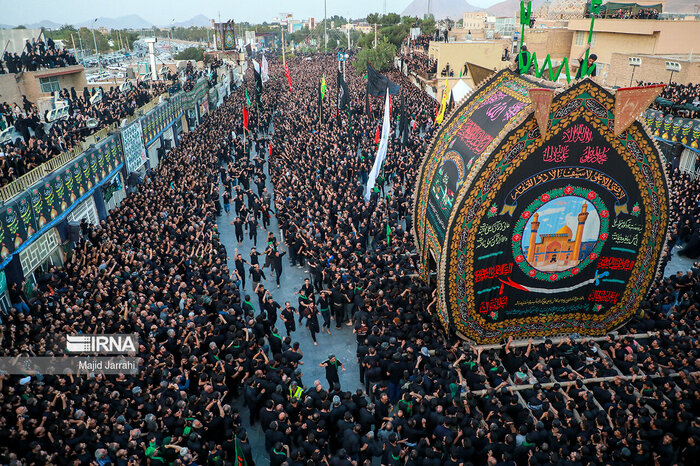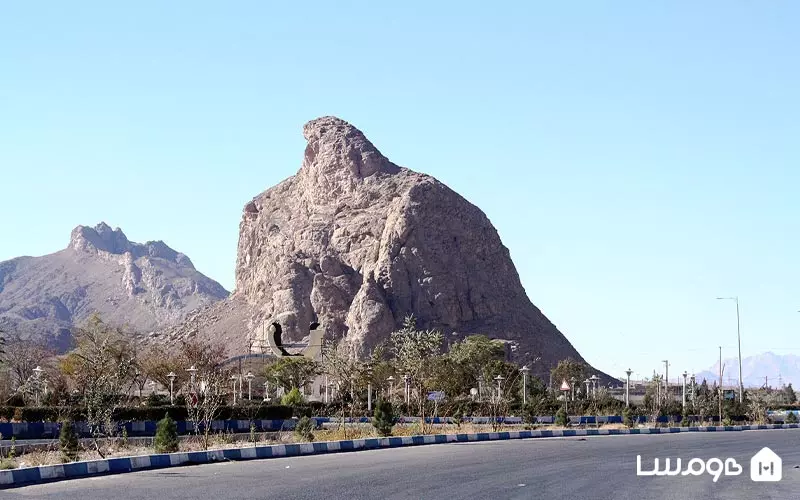Taft’s pomegranates enjoy global fame, with two-thirds of the city covered in pomegranate orchards. The fruit is a major export, celebrated for its exceptional quality.
Another highlight is the Nakhl-Bardari ritual, held on Ashura, the martyrdom anniversary of Imam Hossein, the 3rd Shia Imam, which draws thousands of domestic and international visitors. Recognized as a national intangible heritage, it is now under consideration for UNESCO’s global list.
Taft boasts numerous historical and cultural attractions, including the Imam (Shah Vali) Complex – a 16th-century site featuring a Hussainiya, mosque, bazaar, and an ancient nakhl (palm-shaped wooden structure) used in Ashura processions. The complex, registered as a national heritage site in 1999, reflects Iran’s rich Safavid-era architecture.
The region also offers natural wonders like Eagle Mountain and the ancient Zoroastrian village of Cham, home to a 2,000-year-old cypress tree and a historic fire temple. Meanwhile, Tamehr Spring and Sadeghi Garden – with its Qajar-era mansion and windcatcher – add to Taft’s charm.
Nestled on the slopes of Shirkooh Mountain, Taft enjoys a milder climate than other Yazd cities. Its northern area is warmer, while the southern part, including Sakhvid Village, offers skiing in winter.
With its unique blend of agriculture, history, and nature, Taft is a must-visit destination in Iran’s tourism landscape.



